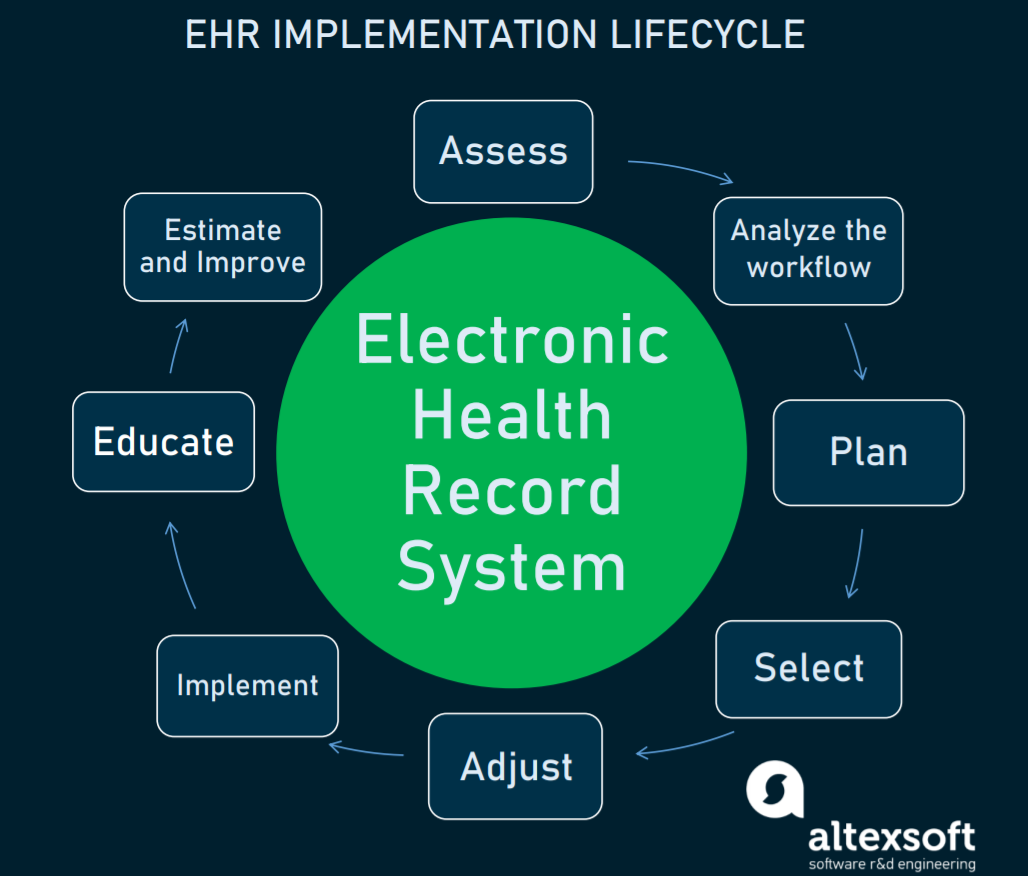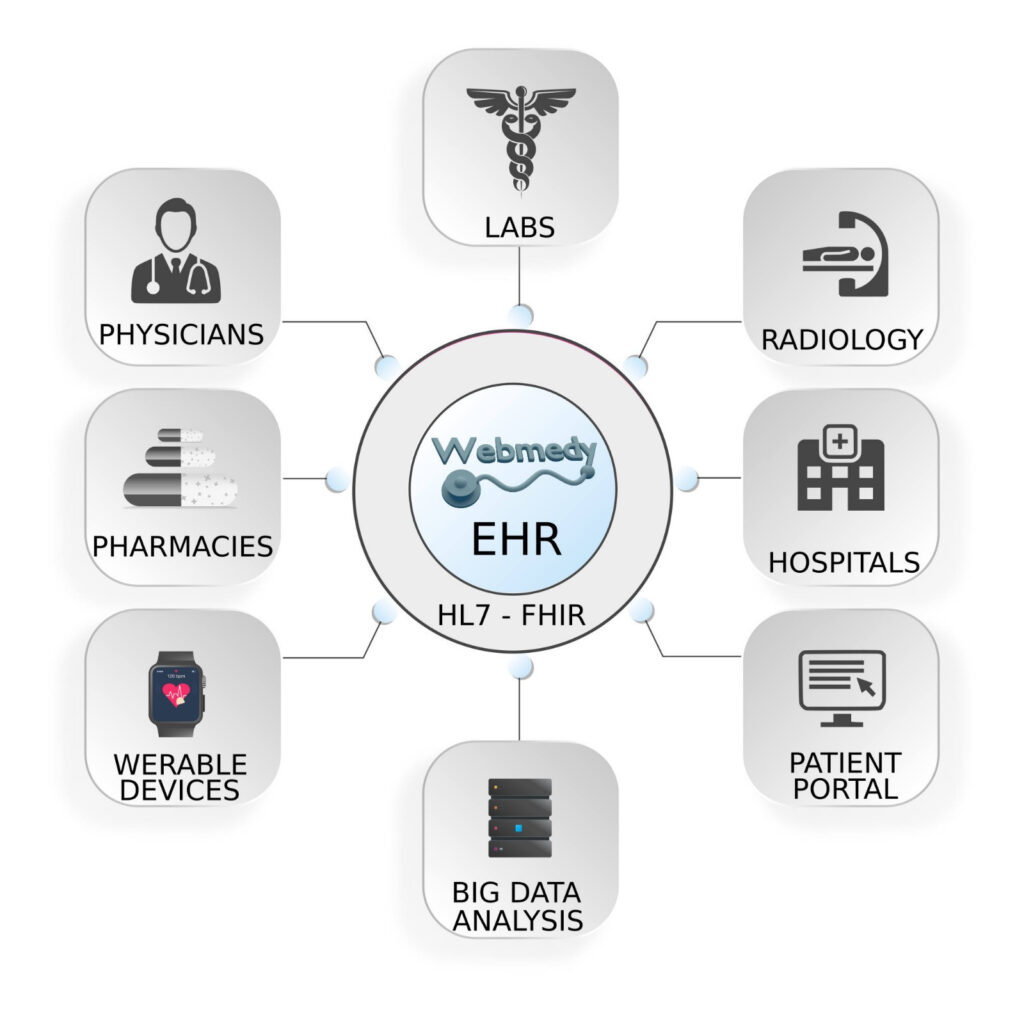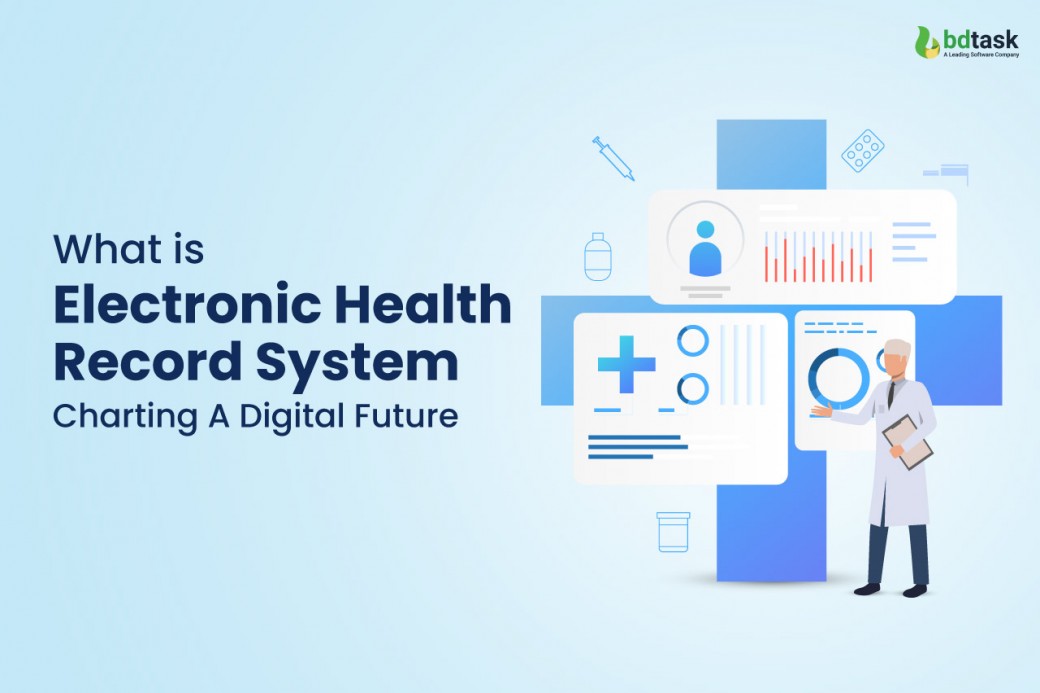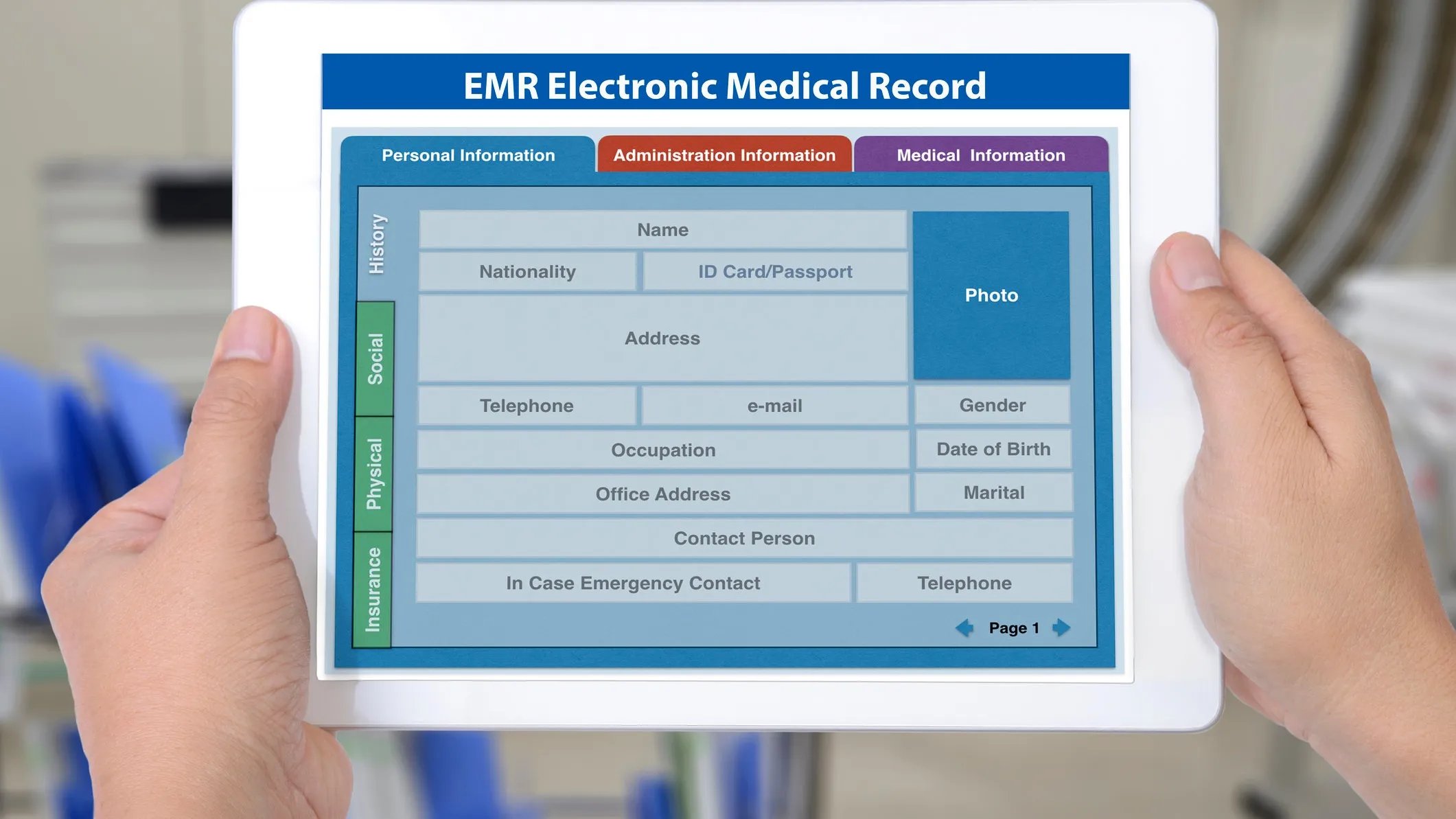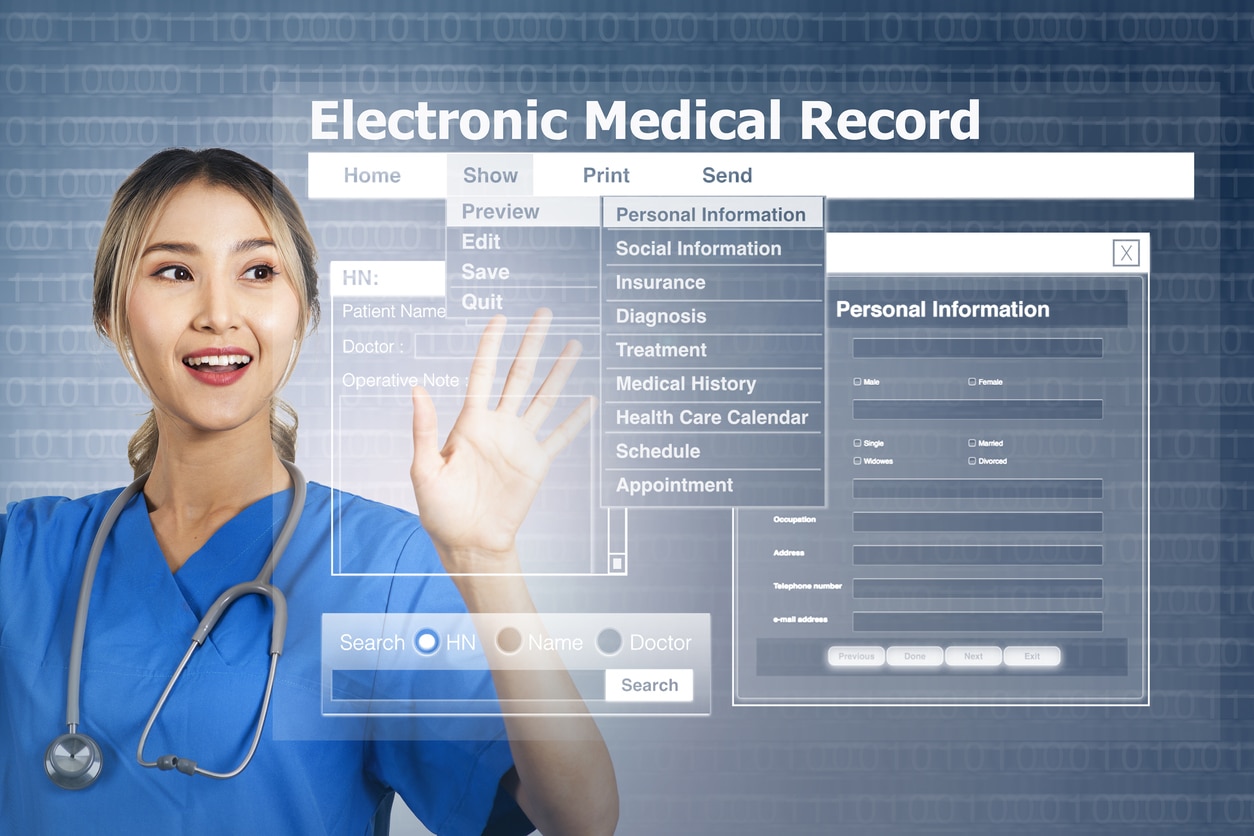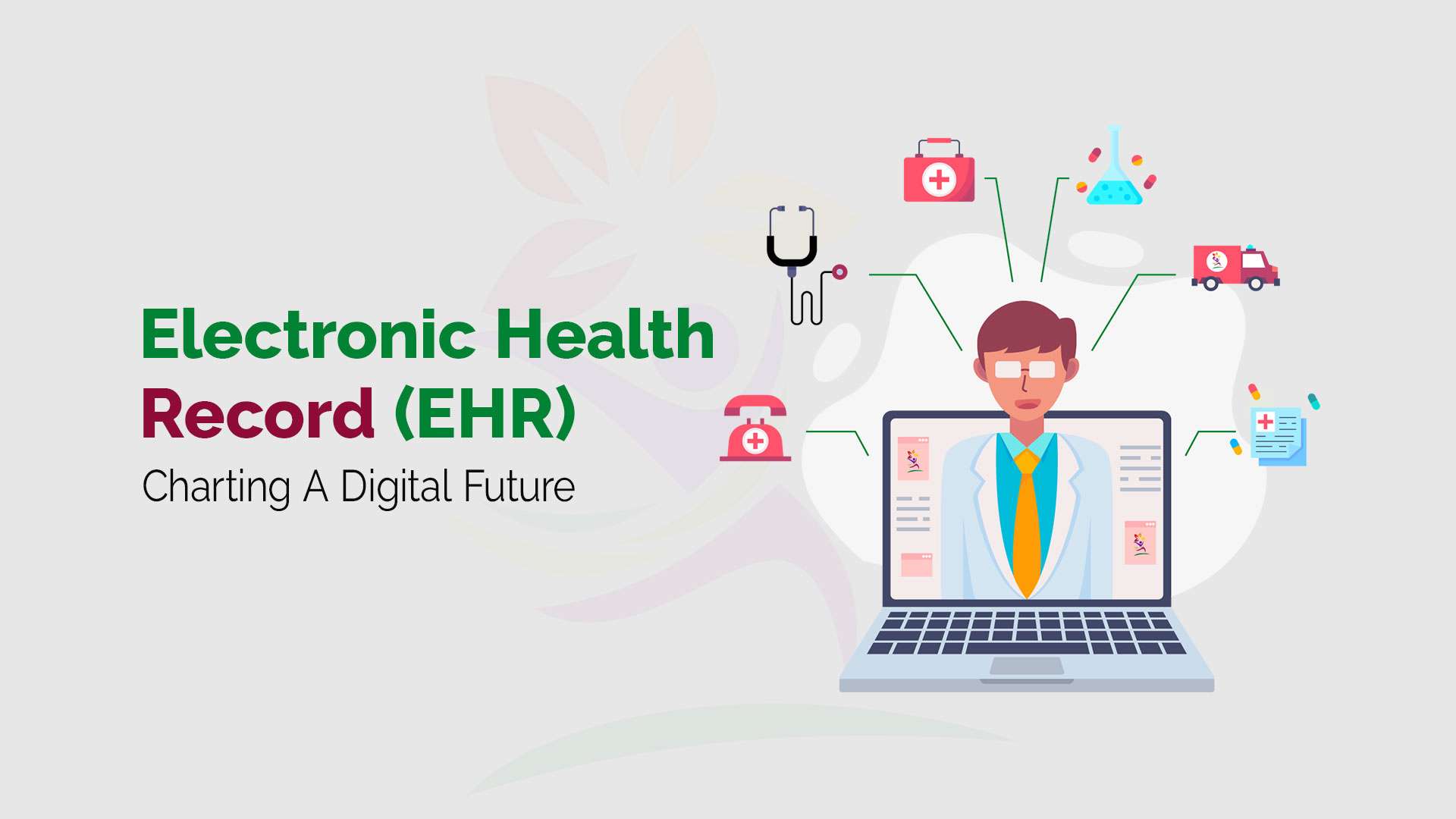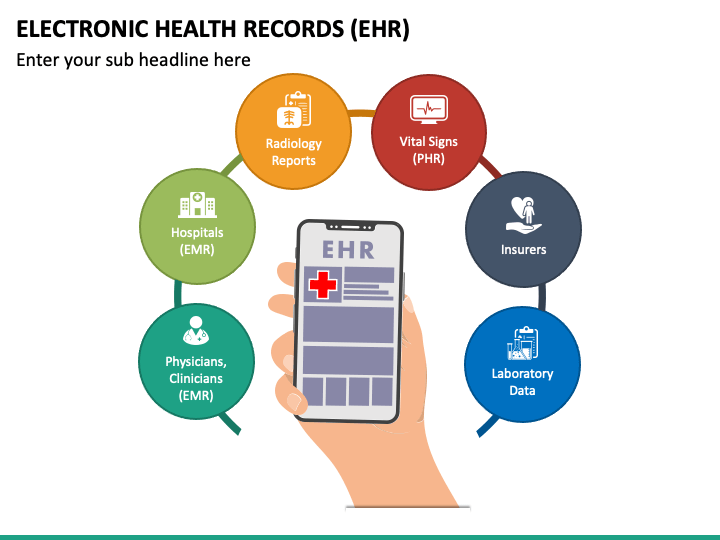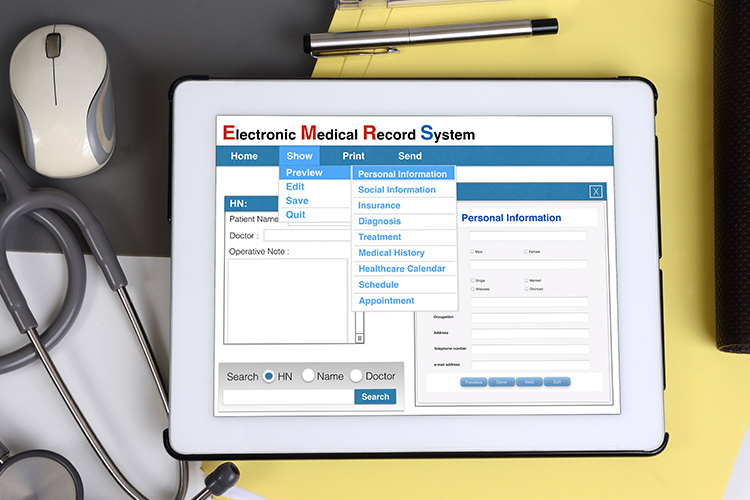Electronic Health Records Capture Data For Which Of The Following

Healthcare providers are increasingly leveraging Electronic Health Records (EHRs) to capture a vast array of patient data, going far beyond basic demographics and diagnoses. This comprehensive data collection aims to improve patient care, streamline operations, and drive research advancements, but raises critical questions about privacy and security.
EHR systems are now integral for capturing a wide spectrum of information, including but not limited to demographics, medical history, lab results, medication lists, and vital signs, leading to enhanced diagnostic capabilities and personalized treatment plans. This data capture, however, presents ongoing challenges related to data security and interoperability.
Patient Demographics and Identification
EHRs meticulously record patient demographics, including name, address, date of birth, gender, ethnicity, and contact information. This information is crucial for accurate patient identification and tracking across different healthcare settings. Accurate demographics ensure proper billing and insurance claim processing, per HIPAA guidelines.
Medical History
A significant component of EHRs is the comprehensive medical history of patients. This includes past illnesses, surgeries, allergies, immunizations, and family medical history. Access to a complete medical history enables healthcare providers to make informed decisions, reduce the risk of adverse drug interactions, and avoid redundant testing.
Medication Lists and Prescriptions
EHRs maintain detailed medication lists, including current and past prescriptions, dosages, and administration routes. This real-time tracking of medications minimizes errors and improves medication adherence. Electronic prescribing (e-prescribing) is also integrated into EHRs, enhancing safety and efficiency in prescription management.
Lab Results and Diagnostic Imaging
EHRs seamlessly integrate with laboratory systems to capture and store lab results. This includes blood tests, urine tests, pathology reports, and other diagnostic findings. Similarly, diagnostic imaging reports, such as X-rays, MRIs, and CT scans, are digitally stored within the EHR, providing healthcare providers with instant access to critical diagnostic information.
Vital Signs and Physiological Data
Regularly monitored vital signs, such as blood pressure, heart rate, temperature, and respiratory rate, are systematically recorded in EHRs. This physiological data helps in assessing a patient’s overall health status and tracking changes over time. Some EHRs also integrate with wearable devices to capture real-time physiological data outside of clinical settings.
Allergies and Adverse Reactions
EHRs prominently document patient allergies and any adverse reactions to medications or other substances. This information is crucial for preventing allergic reactions and ensuring patient safety. Allergy information is often displayed in a standardized format, enabling healthcare providers to quickly identify potential risks.
Immunization Records
Comprehensive immunization records, including dates and types of vaccines received, are maintained in EHRs. This is particularly important for children and individuals at risk of infectious diseases. EHRs facilitate tracking of immunization schedules and sending reminders for needed vaccinations.
Progress Notes and Encounter Documentation
Each patient encounter, whether a routine check-up or an emergency visit, is documented in progress notes within the EHR. These notes capture the patient’s symptoms, examination findings, diagnoses, treatment plans, and follow-up instructions. Standardized templates and coding systems ensure consistency and accuracy in documentation.
Billing and Insurance Information
EHRs store billing and insurance information, streamlining the claims processing and reimbursement process. This includes patient insurance details, billing codes, and payment information. Integration with billing systems automates the generation of claims and reduces administrative errors.
Social Determinants of Health
Increasingly, EHRs are capturing data related to social determinants of health (SDOH). This includes factors such as socioeconomic status, education level, access to transportation, and food security. Addressing SDOH is recognized as essential for improving health outcomes and reducing disparities.
Structured vs. Unstructured Data
EHRs handle both structured and unstructured data. Structured data, such as lab results and vital signs, are stored in a standardized format for easy analysis. Unstructured data, such as physician notes and patient narratives, require advanced natural language processing (NLP) techniques for extraction and analysis.
Data Security and Privacy Concerns
The vast amount of sensitive patient data stored in EHRs raises significant concerns about security and privacy. Breaches and unauthorized access can compromise patient confidentiality and lead to legal and reputational damage. Robust security measures, including encryption, access controls, and regular audits, are essential for protecting EHR data. Compliance with HIPAA regulations is mandatory.
Interoperability Challenges
Achieving seamless interoperability between different EHR systems remains a significant challenge. Lack of standardization and compatibility can hinder the exchange of patient information across healthcare organizations. Efforts are underway to promote interoperability through the development of common standards and data exchange protocols, but progress is slow.
The Future of EHR Data Capture
EHRs are evolving to capture an even broader range of data, including genomics, patient-generated health data (PGHD), and data from remote monitoring devices. This expanded data capture will enable more personalized and proactive healthcare. However, it also requires addressing challenges related to data integration, analysis, and interpretation.
Ongoing developments focus on improving data analytics capabilities within EHRs. This includes the use of artificial intelligence (AI) and machine learning (ML) to identify patterns, predict outcomes, and support clinical decision-making. These advancements promise to transform healthcare delivery and improve patient outcomes.
